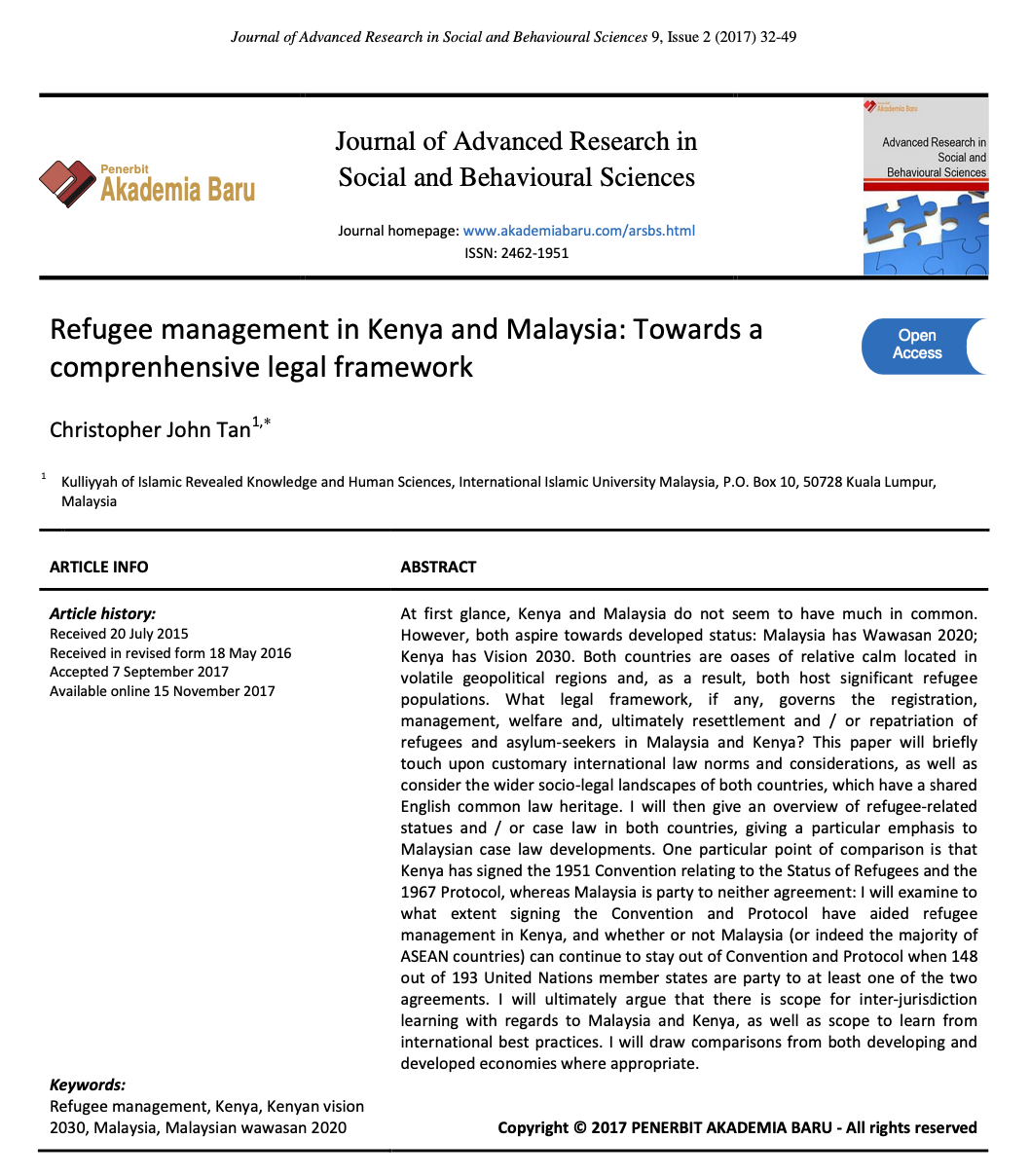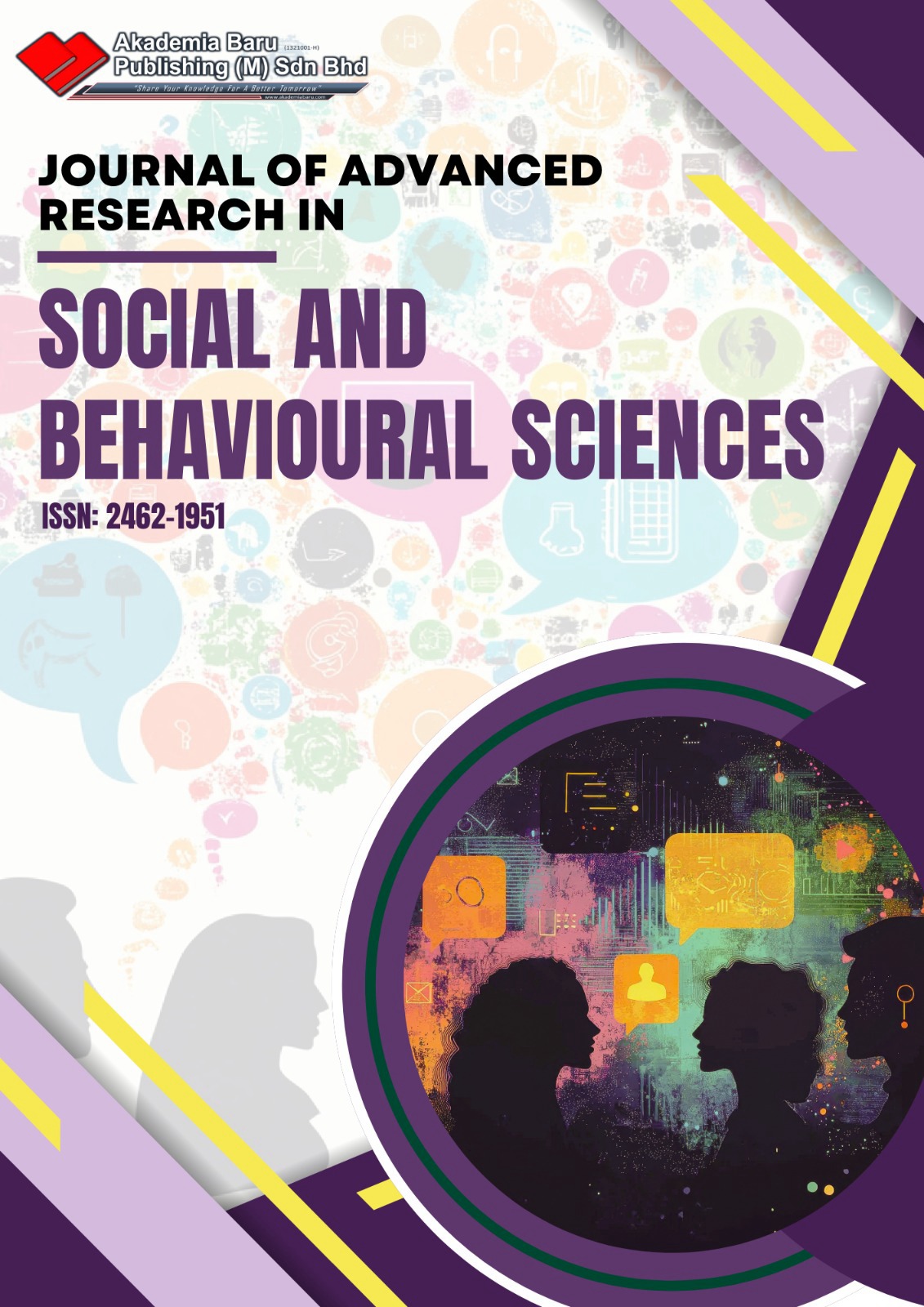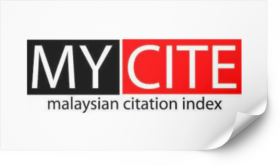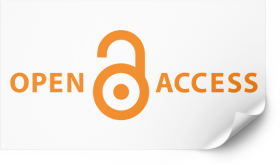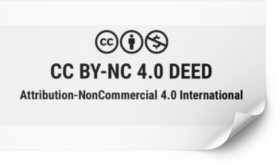Refugee Management in Kenya and Malaysia: Towards a Comprenhensive Legal Framework
Keywords:
Refugee management, Kenya, Malaysia, Malaysian wawasan 2020, Kenyan vision 2030,Abstract
At first glance, Kenya and Malaysia do not seem to have much in common. However, both aspire towards developed status: Malaysia has Wawasan 2020; Kenya has Vision 2030. Both countries are oases of relative calm located in volatile geopolitical regions and, as a result, both host significant refugee populations. What legal framework, if any, governs the registration, management, welfare and, ultimately resettlement and / or repatriation of refugees and asylum-seekers in Malaysia and Kenya? This paper will briefly touch upon customary international law norms and considerations, as well as consider the wider socio-legal landscapes of both countries, which have a shared English common law heritage. I will then give an overview of refugee-related statues and / or case law in both countries, giving a particular emphasis to Malaysian case law developments. One particular point of comparison is that Kenya has signed the 1951 Convention relating to the Status of Refugees and the 1967 Protocol, whereas Malaysia is party to neither agreement: I will examine to what extent signing the Convention and Protocol have aided refugee management in Kenya, and whether or not Malaysia (or indeed the majority of ASEAN countries) can continue to stay out of Convention and Protocol when 148 out of 193 United Nations member states are party to at least one of the two agreements. I will ultimately argue that there is scope for inter-jurisdiction learning with regards to Malaysia and Kenya, as well as scope to learn from international best practices. I will draw comparisons from both developing and developed economies where appropriate.
